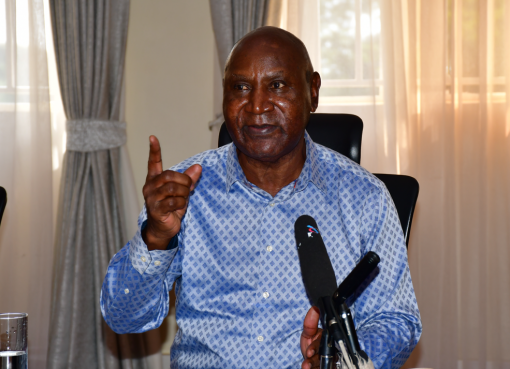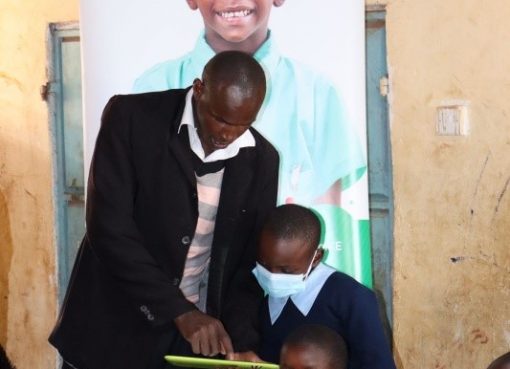Governments that are largely focusing a lot on curative care instead of preventive and promotive health care have their priorities wrong, AMREF claims.
Kenya equally has not got it right yet and the system still channels a lot of resources towards secondary and tertiary care and which is a problem.
Dr. Githinji Gitahi, global CEO AMREF Health Africa and UHC 2030 says that out of the total wage bill, the expenditure that Counties in Kenya have and how much is going to secondary and tertiary care out of percentage going below is quite huge and thus governments should refocus.
Speaking on Monday in Nairobi during a media briefing by the 24th Board meeting of the Partnership for Maternal, Newborn and Child health, Dr. Gitahi said Health must happen at home first.
“Health is made at home. Hospitals remain for repair when things go wrong and when we look at the entire health systems holistically bout 80 to 90 percent of children are born normal but the issue is how to sustain healthy lives through the course from birth and all the way,” he said.
Dr. Gitahi noted that a lot of efforts therefore should stay through prevention and promotion considering issues such as FGM, Gender Based Violence, equity for women and also nutrition links towards promotion and prevention.
He added that making sure community health services are central to the conversation is key since most of the workers are neighbors and volunteers who are known to people on the ground and who are trained and empowered through technology to serve the people gain a huge level of trust.
“These people are really critically important in ensuring that our health system is grounded in community and households and not in the hospitals and this is why this is the biggest agenda,” Dr. Gitahi said.
For civil society, he added, the drive is to ensure that the conversation around health goes to communities as an important tool not only at policy level but also ensuring that actual health starts at home as main advocacy agenda.
Dr. Gitahi noted that the cost of health system is high since most people seek care when its too late and thus governments should be focusing on the bottom as well as ensure they put UHC to make sure it is a social security net for the people so that they do not have to worry how to pay for their health care when they need it.
The AMREF CEO said health prevention and promotion should not just be a Ministry of Health issue but a multisector agenda and for a bigger impact, all affected ministries such as Water and Sanitation and Education work together as a determinant of health
Legislation of sugar, alcohol and tobacco are also investment in prevention and promotion and thus Dr. Gitahi said, stopping people from smoking, consuming excessive alcohol and reducing consumption of sugar might be big investment in health care for the country and for the future.
The Isiolo Governor, Dr. Mohammed Kuti said it is high time that the government focuses on community health strategy as number one priority in UHC.
“UHC will only succeed if our focus is more at community level, applying technology and private sector investment in our level two and three hospitals,” Dr. Kuti said
By improving the level two and three hospitals, the governor said we would actually be taking care of 60 to 70 percent of issues to improve maternal and infant mortality and improve care to mothers.
Kuti who is also the chair of the Health Committee at the Council of Governors said the highest maternal mortality in Kenya is in nomadic regions because of distance to health facilities and cultural issues such as FGM.
He gave an example of Isiolo where women have to walk 49 kms to reach the nearest facility saying this is quite far considering WHO requirement is 5 kilometres.
“Women in the nomadic areas travel far to reach clinics and therefore this translates to high maternal mortality which is double the national average of the country,” he noted
As Council of Governors, Dr. Kuti however, said that county governments are trying to reduce the distance of access to health by building more health facilities, investing in ambulances to reach the majority but insisted that the game changer for UHC still remains investing in community health by empowering the community by training them.
UHC, he said has come at the right time for this country since the government has invested not only in human resource but also in supply of medicine to facilities.
Dr. Anshu Banerjee, the Director Maternal, Child, Adolescence Health and |Life course, World Health Organisation (WHO) said maternal mortality ratio in the African region declined by 44 percent between 1990-2015 but the annual rate of reduction will need to increase substantially to obtain SDG targets especially in countries with Maternal Mortality Ratio (MMR) over 140 in 2015
By Wangari Ndirangu




